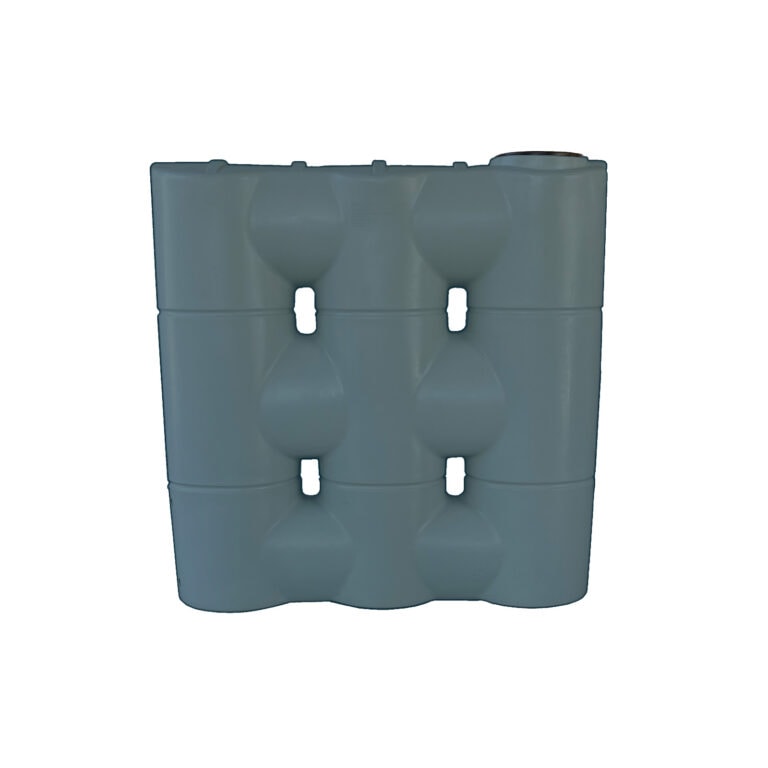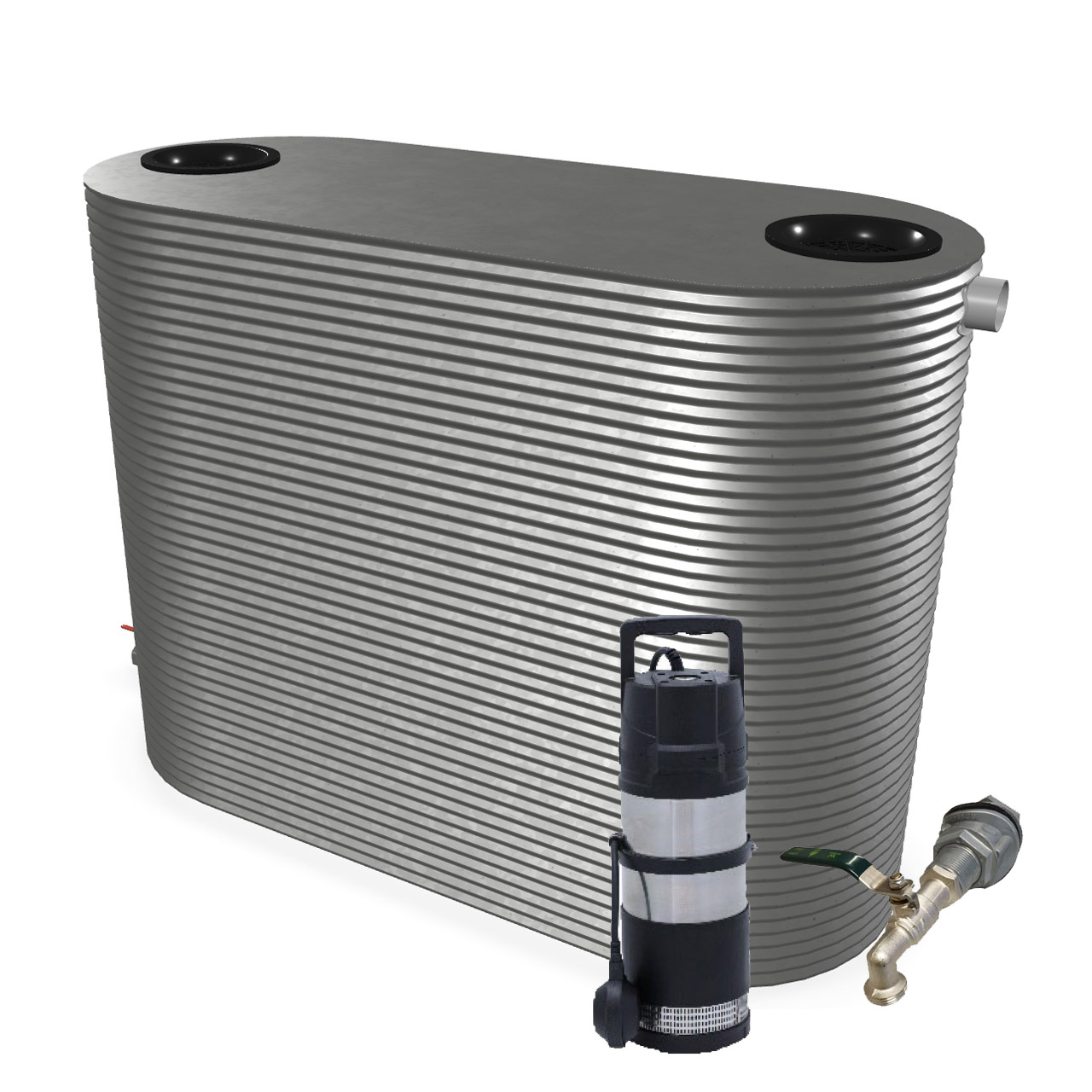Slimline Water Tanks: Space-Saving Solutions for Little Properties
Slimline Water Tanks: Space-Saving Solutions for Little Properties
Blog Article
Recognizing the Relevance of Rainwater Storage Tanks in Drought-Prone Regions for Water Protection
In regions at risk to extended dry spells, the duty of rain tanks in boosting water safety is a subject of growing value. As communities face the challenges of water scarcity, comprehending the importance of these containers exceeds simple collection of rain. Rainwater storage tanks function as a crucial device in alleviating the impact of water shortages by giving a lasting source of water for various demands. The real worth of rainwater containers extends far beyond mere storage; it incorporates resilience-building measures and the promotion of long-lasting water preservation approaches. This multifaceted approach to water protection warrants a better exam of the function rainwater storage tanks play in making certain a dependable water system throughout times of drought.
Benefits of Rainwater Containers
Utilizing rainwater containers provides a sustainable remedy for boosting water supply and boosting water protection in domestic and commercial setups. One of the main benefits of rainwater tanks is their capacity to minimize dependency on mains water supply.

Rainwater Harvesting Techniques
Rain harvesting methods include a series of methods developed to successfully gather and keep rain for various purposes, adding to water conservation and sustainability. One typical method is the installment of roof catchment systems, where rainwater is accumulated from the roofing of a building and routed to a tank. This technique is reasonably straightforward and economical. One more popular strategy is making use of above-ground or underground storage space tanks to save rainwater for later use. These tanks come in different sizes and products to fit different requirements and can be connected to the existing plumbing system for very easy gain access to.

Moreover, rainfall gardens and absorptive pavements are innovative methods that entail landscaping or paving surfaces in a manner that allows rainwater to percolate into the ground, restoring groundwater books. Furthermore, contour farming and terracing are agricultural practices that help catch rain and avoid soil erosion in hilly terrain. By executing these varied rainwater harvesting techniques, communities can improve water safety and resilience in drought-prone areas while promoting sustainable water administration techniques.
Value of Water Security
Ensuring trusted access to clean and sufficient water sources is paramount for sustaining human health, financial development, and environmental well-being. Water protection is a critical element of societal durability, particularly in regions prone to dry spells and water scarcity. Sufficient water protection encompasses various dimensions, including schedule, quality, and accessibility of Your Domain Name water for residential, farming, industrial, and ecological requirements.
Water protection plays a vital role in promoting public health and wellness by lowering the frequency of waterborne conditions and making certain hygiene facilities. Economically, water safety is essential for agricultural performance, commercial operations, and general economic development. Slimline water tanks. Water safety and security is very closely linked to environmental sustainability, as it supports communities, biodiversity, and general environmental equilibrium.
In drought-prone regions, water security becomes even much more critical due to the enhanced threat of water shortages. Implementing strategies like rain harvesting, water recycling, and effective water monitoring practices can considerably improve water security in these areas. By focusing on water safety and security, neighborhoods can much better hold up against the effects of environment change, populace development, and other obstacles that intimidate water schedule.
Enhancing Water Resilience
With boosting worldwide water difficulties, constructing strength in water supply has ended up being an essential focus for sustainable advancement efforts. Enhancing water durability involves applying strategies to guarantee water accessibility and high quality despite altering environmental conditions, such as droughts, floodings, and pollution.
One secret element of enhancing water strength is promoting the use of rain tanks in drought-prone regions - Slimline water tanks. Rain storage tanks function as a click to investigate reliable methods of catching and saving rain for later use, reducing reliance on limited freshwater resources throughout completely dry periods. By including rainwater harvesting systems into water management plans, areas can improve their capability to hold up against water scarcity and maintain water protection

Lasting Water Conservation
In the middle of rising water obstacles, the sensible administration of water resources via sustainable preservation practices is imperative for making sure lasting environmental stability and societal well-being. Sustainable water conservation requires the reliable her comment is here use water resources to fulfill present requirements without jeopardizing the capability of future generations to fulfill their very own requirements. By implementing techniques such as rainwater harvesting, greywater recycling, and water-efficient technologies, areas can decrease water wastefulness and reduce stress on freshwater sources.
In addition, sustainable water preservation techniques add to ecosystem health by preserving adequate water degrees in rivers, lakes, and marshes, supporting biodiversity, and maintaining natural environments. These practices likewise play a crucial function in mitigating the impacts of environment modification by aiding to adapt to altering precipitation patterns and water schedule.

Final Thought
Finally, rainwater storage tanks play a critical role in improving water security and durability in drought-prone regions. By using rain harvesting techniques, communities can minimize their dependence on standard water sources and advertise sustainable water preservation methods. This not only assists alleviate the effects of water deficiency during dry spells but additionally adds to long-lasting water safety and resilience despite environment modification challenges.
Report this page